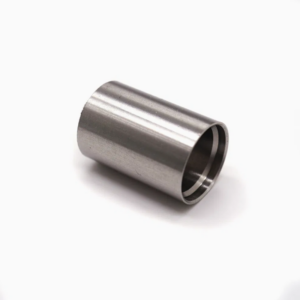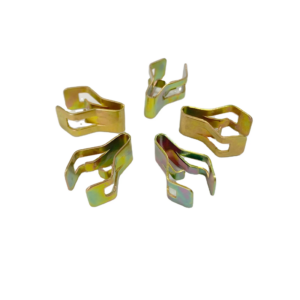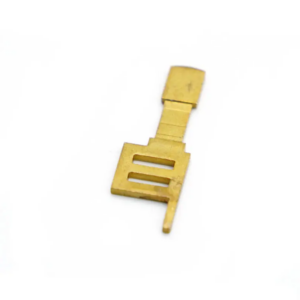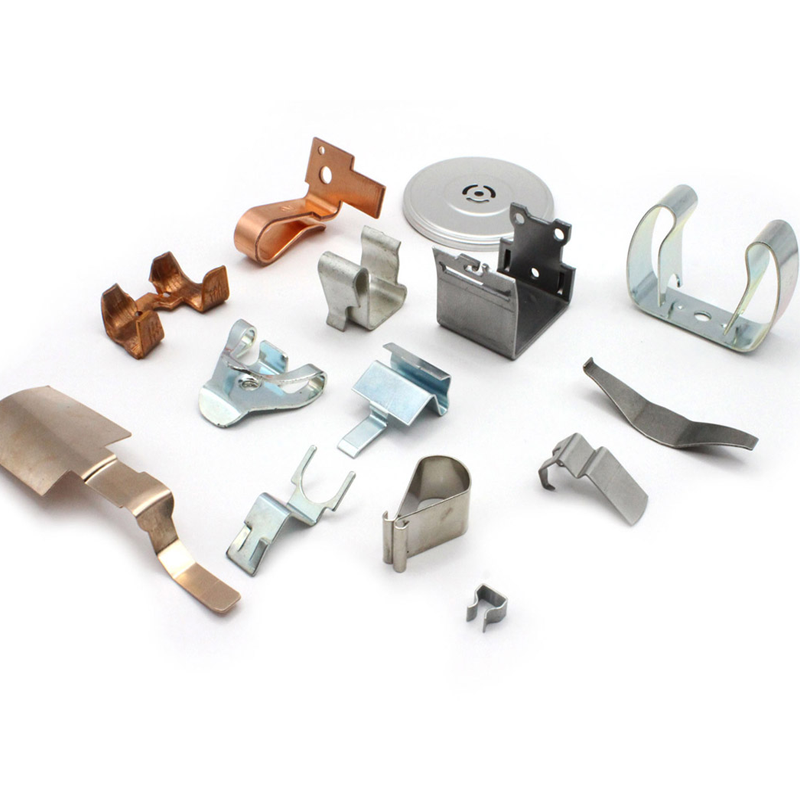Flat springs are integral components in numerous industries, offering essential benefits such as flexibility, resilience, and energy storage capabilities. Whether used in automotive systems, electronics, or consumer goods, flat springs are versatile parts that meet a variety of functional requirements. Designing these springs requires a thoughtful approach that balances performance, durability, and cost-effectiveness. As a trusted manufacturer of metal stamping parts, Plantmetal understands the critical aspects of flat spring design, and we are committed to providing high-quality solutions for your stamping needs. In this blog, we will delve into the key design considerations for flat springs, discussing material selection, spring geometry, fatigue resistance, manufacturing processes, and more.
Material Selection for Flat Springs
The material used in flat spring production is one of the most important decisions in the design process. The ideal material needs to offer a precise balance of strength, flexibility, and resistance to fatigue. Selecting the right material depends on the specific application requirements and the environment in which the spring will be used.
– Carbon Steel: Known for its affordability and strength, carbon steel is commonly selected for flat springs used in environments where high corrosion resistance is not critical. It is a versatile option for cost-effective solutions.

– Stainless Steel: Stainless steel is preferred for applications that demand superior resistance to corrosion, particularly in industries such as automotive and outdoor equipment where exposure to moisture or harsh chemicals is prevalent.
– Music Wire: A high-performance material, music wire is designed to handle extreme stress and fatigue, making it ideal for high-precision applications in industries such as aerospace, electronics, and medical equipment. It offers excellent strength and fatigue resistance.
In selecting the appropriate material, engineers must also consider the operational environment. For example, stainless steel may be ideal for outdoor applications, while music wire is the preferred choice for high-performance and precision-demanding applications.
Spring Geometry and Dimensions
The geometry and dimensions of a flat spring play a significant role in its performance and functionality. Key factors to consider include thickness, width, length, and curvature. These attributes influence the spring’s load-bearing capacity, flexibility, and deflection characteristics.
– Thickness and Width: The thickness and width of a spring directly affect its load-bearing capacity. A thicker spring can support heavier loads but may offer less flexibility, while a thinner spring may allow for greater deflection but has a lower load-bearing capacity.
– Length: The length of a flat spring impacts its energy storage capacity and the amount of deflection it can undergo under load. A longer spring can absorb more energy but must be carefully engineered to maintain the required strength.
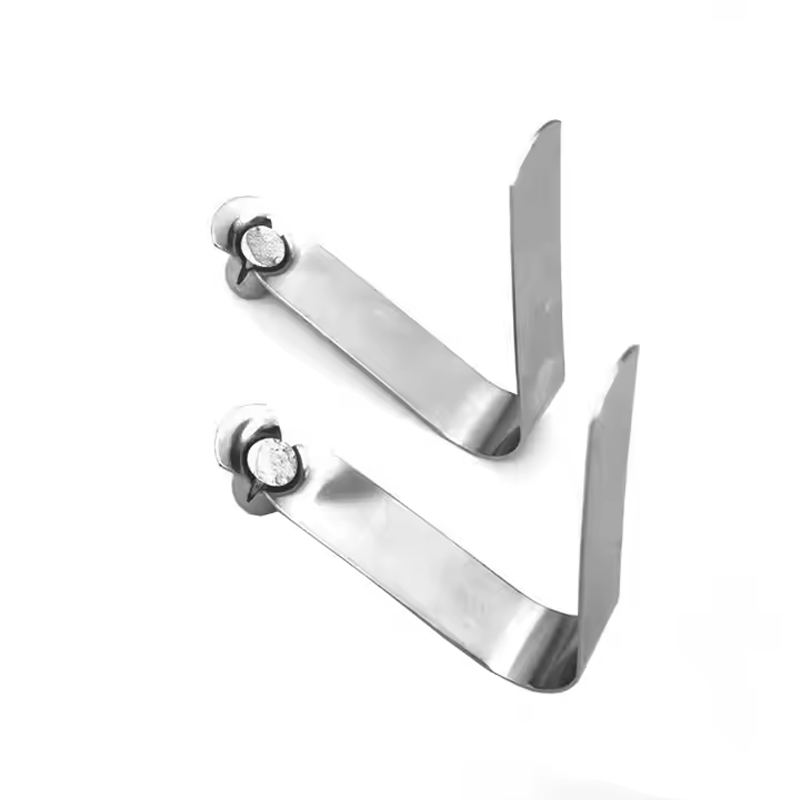
– Curvature: In some designs, flat springs incorporate slight curvature to achieve specific deflection or load characteristics. This curvature must be precisely calculated to ensure uniform functionality and structural integrity when the spring is under dynamic loads.
These geometric considerations must be carefully balanced to ensure that the flat spring meets specific performance requirements for each application.
Spring Rate and Load Requirements
The spring rate is an essential consideration when designing flat springs. It defines the amount of force the spring exerts per unit of deflection. The spring rate should be optimized to ensure the spring delivers the required flexibility and load-bearing capacity for its intended application. A spring with too high of a spring rate may be too stiff and fail to offer adequate deflection, while a spring with too low a rate may not provide the necessary strength.
Designers must also consider both static and dynamic loading conditions. Flat springs are often subjected to cyclic loading, meaning fatigue resistance is a critical factor. Calculating the fatigue life of the spring—how many cycles it can endure before failure—is essential for applications that require long-term reliability, such as in automotive, aerospace, or industrial equipment.
Manufacturing Processes and Tolerances
Precision is key when stamping flat springs, and the manufacturing process plays a significant role in achieving the required performance. At Plantmetal, we use a range of stamping techniques, including progressive dies, single-step, and multi-step operations, each carefully selected based on the material and geometry of the spring. Achieving the correct tolerances is essential to ensuring the proper fit and function of the spring. Tight tolerances often come with higher production costs, while looser tolerances may lead to performance issues. As such, it’s essential to balance these factors to produce springs that meet functional specifications while remaining cost-effective.
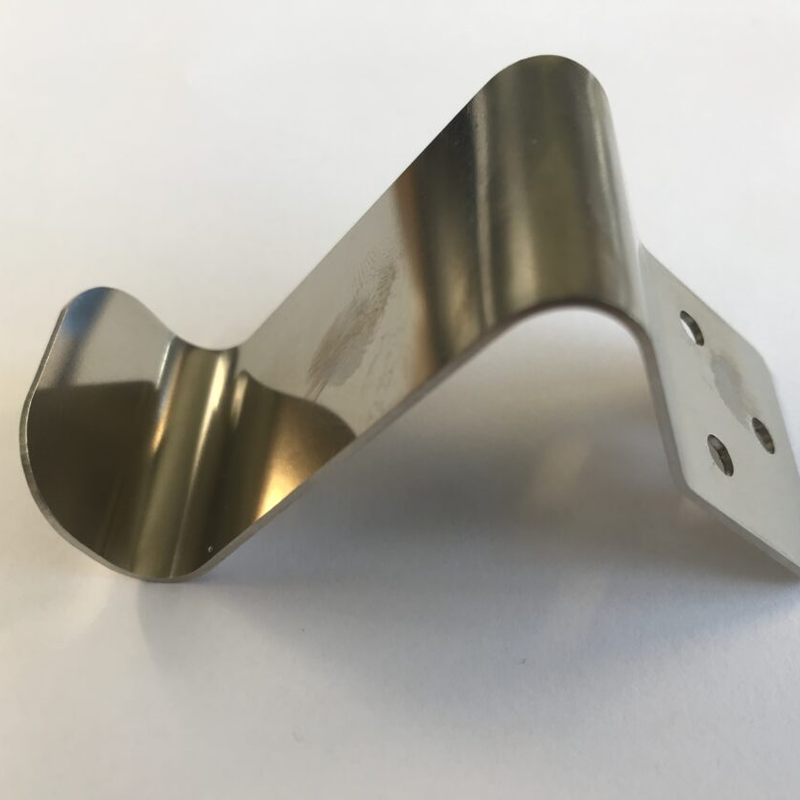
The tooling design is another crucial aspect of the manufacturing process. Tooling must be optimized for both the material used and the complexity of the spring’s design. Proper tooling helps ensure precision during the stamping process, which is essential for producing high-quality flat springs.
Springback and Tooling Design
During the stamping process, materials typically exhibit a phenomenon known as springback, where they return to their original shape after being deformed. Springback can result in dimensional inaccuracies in the final product, which could affect its performance.
To account for springback, tooling design must compensate for this material behavior. Dies should be carefully engineered with the correct angles and allowances to ensure that the flat spring maintains its intended geometry and functionality after the springback effect. By properly accounting for springback, manufacturers can ensure that the final spring meets all required design specifications.
Fatigue Resistance and Durability
Fatigue resistance is critical in the design of flat springs, especially when they are subjected to repetitive loading conditions. Over time, cyclic stresses can cause even the most durable materials to fail. Designing a flat spring with optimal fatigue resistance is essential for ensuring that it can endure the necessary number of stress cycles without failure.

In high-stakes industries such as aerospace, automotive, and industrial applications, the longevity and reliability of flat springs are non-negotiable. Engineers must calculate the fatigue life of the spring based on its material properties, geometry, and the expected dynamic stresses it will encounter during its use.
Resistencia a la corrosión
Flat springs used in outdoor, automotive, or medical applications are often exposed to harsh environments, including moisture, chemicals, and extreme temperatures. To prevent premature failure, designers must select materials with superior corrosion resistance or apply appropriate coatings.
Stainless steel is commonly chosen for its natural resistance to corrosion, but other materials may require additional surface treatments, such as zinc plating, nickel plating, or powder coating, to enhance their corrosion resistance. These coatings help maintain the spring’s mechanical properties while providing protection against the environmental factors it may encounter.
Cost Efficiency and Scalability
While performance is paramount, cost efficiency and scalability are also essential considerations in flat spring design. Manufacturers must create flat springs that meet all performance criteria while remaining affordable for mass production. At Plantmetal, we take a cost-conscious approach by optimizing materials, tooling design, and production methods to ensure both precision and cost-effectiveness. By leveraging our high-volume production capabilities, we are able to offer flat springs that meet the highest standards while keeping manufacturing costs competitive.
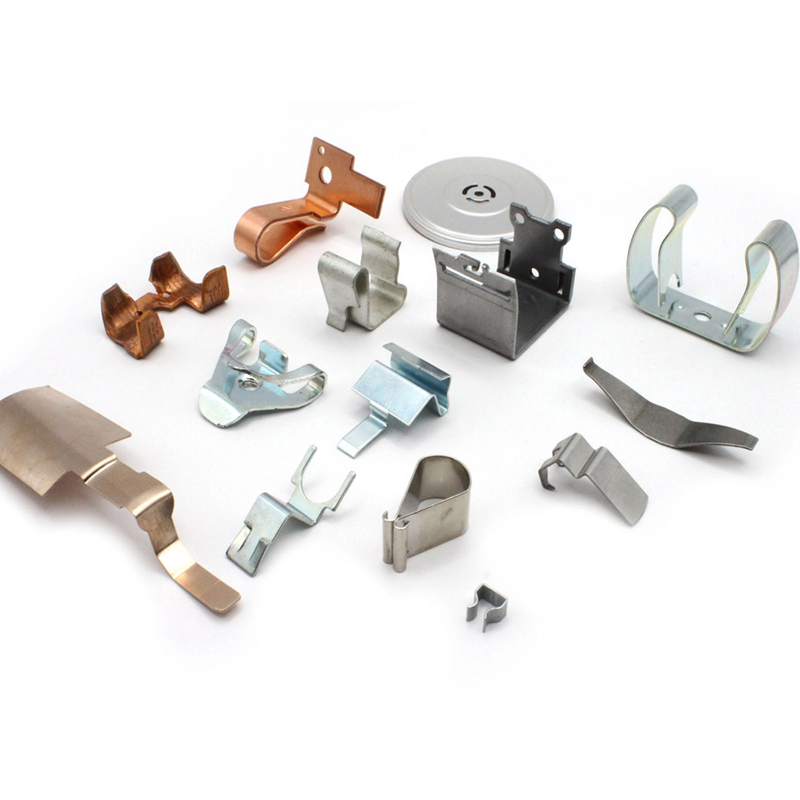
Conclusion
Designing flat springs for stamping requires a comprehensive understanding of material selection, spring geometry, fatigue resistance, and manufacturing processes. At Plantmetal, we specialize in producing high-quality metal stamping parts, including flat springs, for industries ranging from automotive and aerospace to electronics and medical devices. Our advanced manufacturing technologies and commitment to precision ensure that we deliver flat springs that meet the rigorous demands of your applications. If you’re looking for a trusted partner for your next flat spring project, reach out to us today to discuss how we can help meet your needs with reliable, cost-efficient solutions.

